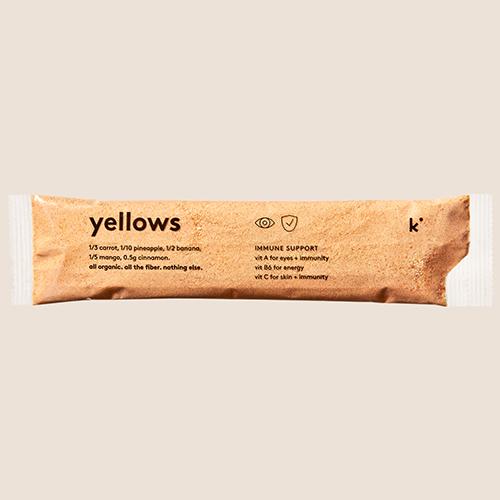Why we love... matcha
For many in the latte-loving western world, matcha may be a recent discovery. But this rich green tea has been consumed both ceremonially and as a pick-me-up for centuries.
For many in the latte-loving western world, matcha may be a recent discovery. But this rich green tea has been consumed both ceremonially and as a pick-me-up for centuries.
We’ve got a lot to gush about when it comes to matcha – its history, its cultural significance in Japanese Buddhist ceremonies, its myriad nutritional benefits. But before we get into all that, let’s address the bright green elephant in the room.
Is matcha the same thing as green tea?
Yes. Well, sort of. It comes from the same plant – Camellia sinensis – but is cultivated and prepared differently.
Conventional green tea is what you get when you steep the harvested then dried leaves of the plant in hot water.
Matcha is what you get when the green tree plant is grown in shaded conditions – which increases the intensity of its chlorophyll, making it even greener – then its leaves are stemmed, dried, and ground into a fine powder. And as we’ll show in a minute, it’s not just the color that packs a punch: matcha also delivers far more nutrients than its duller tea-bag cousin.
Matcha: rich in flavor, rich in history
Perhaps you’ve watched as an attractively tattooed person at your local coffee house uses a small wooden implement – a bamboo whisk, even – to stir this powder into the nut milk of your choosing to produce a lightly sweetened, and highly Instagrammable beverage.
But long before matcha became such a hot (in both senses of the word) beverage in the western world, it was a big deal in China – as far back as the Tang Dynasty. From Mainland China, matcha spread to Japan in 1191. There, it has long been prized by practitioners of Zen Buddhism. The tradition of the Japanese tea ceremony continues today, with matcha in a starring role.
These tea ceremonies are conducted with an eye for detail. Purposeful consideration is given to the placement of items in the tea room, and the tea is brewed with the utmost care. This helps facilitate a reflective environment for hosts and guests to experience the satisfaction that comes from turning one's full attention to the task at hand, and little more.
Of course, matcha can be – and more often than not is – enjoyed because of its earthy flavor and the energy bump it provides. Popular in Japan and China as a caffeinated beverage option for hundreds of years, its cache with westerners has grown far more recently, possibly because of… well… because of Gwyneh Paltrow?
Nevertheless.
Matcha’s nutritional benefits
The goal of tea ceremonies is to guide practitioners toward a presentness of thought through ritual, but some of the nutritional features of matcha surely help with that feeling of focus, too.
Matcha packs a more concentrated caffeinated punch than conventional, steeped green tea – it’s about twice as potent, in fact.
Matcha also contains something your standard cup of joe doesn’t – L-theanine, a compound that may help you feel more relaxed and less stressed, while also staving off that all-too-common post-caffeine crash.
Matcha is loaded with antioxidants, namely catechins. Because matcha is prepared using the entire leaf (minus stem and veins), versus via steeping, its catechin count can be over 100x higher than what you’d find in a standard cup of green tea.
All those catechins found in matcha may help lower cholesterol and blood pressure.
And there are a variety of studies that suggest matcha might also improve skin health, stave off joint pain, protect your liver, and more.
So whatever your reason for consuming matcha – be it ceremonial, because you saw a nice-looking photo of some green latte art, or some combination of the two – sip confidently knowing that it’s not just enjoyable, but really good for you too.
And we’re thrilled to introduce one of our latest smoothie offerings, the incredibly refreshing matcha greens. Aptly named, it’s loaded with matcha-y goodness, bolstered with tangy notes from orange and cranberry. Add it to your next kencko box today!
there's more good content where that came from
